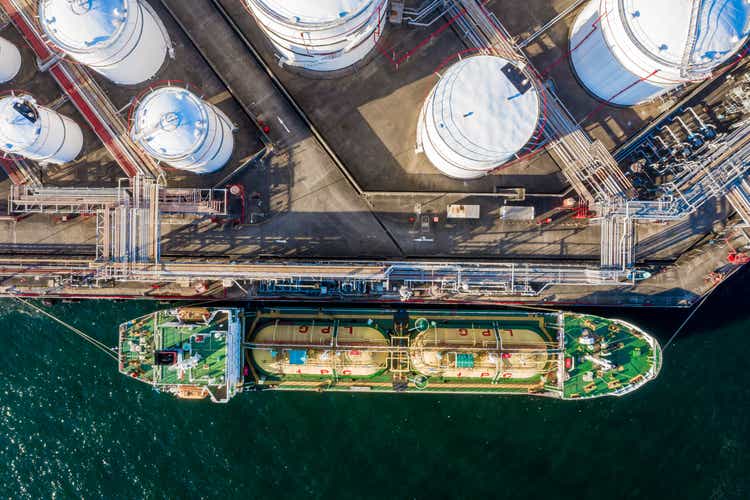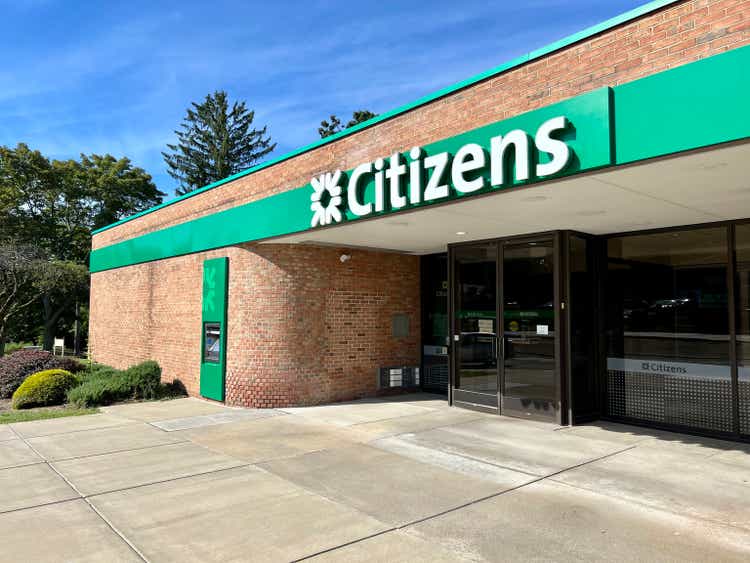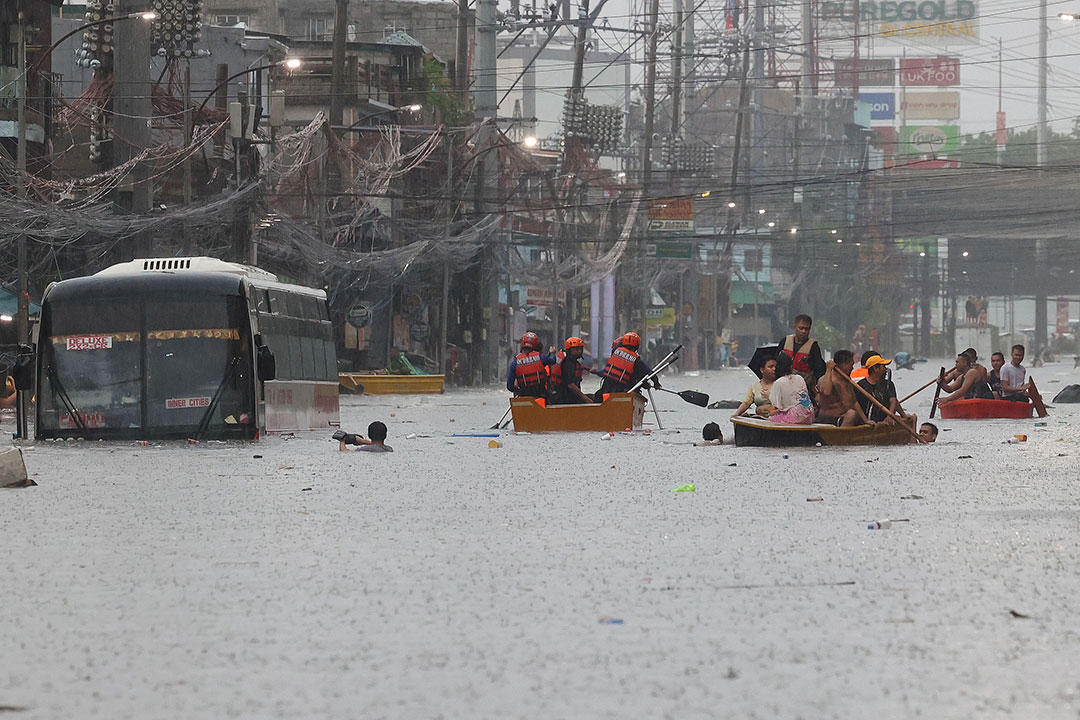India’s monsoon is off to a strong start, with rainfall 10 percent above normal so far this season. The surplus could ease food inflation and may lead Reserve Bank of India to cut interest rates sooner than expected, according to a report.
A new report by Elara Capital expects FY26 consumer price index (CPI) inflation to fall at least 30 basis points below the RBI’s projection of 3.7 percent. “We see room for another 25 basis point rate cut,” the report said, adding that while the base case remains a post-monsoon policy cut, an August cut cannot be ruled out.
What’s driving the optimism?
Rainfall has been generous... at least in some regions
As of July 15, rainfall across India is 10 per cent above normal — the highest surplus since 2021. Central and Northwest India have benefited the most. For example, East Rajasthan has received 129 per cent more rainfall than usual.
While rainfall distribution is still uneven, the overall trend is positive. Central and Northwest India have seen a 34 per cent surplus, led by East Rajasthan (129 per cent), West Rajasthan (109 per cent), East Madhya Pradesh (86 per cent), and Kutch & Saurashtra (80 per cent). In contrast, South India and the East & Northeast regions are seeing deficits of 10 per cent and 22 per cent, with states like Bihar (53 per cent below normal) and Rayalaseema (44 per cent below) pulling down the average.
Still, only 18 per cent of India’s land is facing deficient or large-deficient rainfall — the lowest in five years. In comparison, the figure stood at 35 per cent in 2024, indicating faster and broader Monsoon coverage this year.
Kharif sowing hits record highs
As of July 11, Kharif crop sowing is up nearly 7 per cent year-on-year, covering a record 59.8 million hectares. Pulses and coarse cereals are driving this growth: bajra sowing is up by 48.7 per cent, and jowar by 8.3 per cent.
Paddy sowing is also higher by 10.6 per cent. However, crops like soybean and cotton have declined slightly, as weaker prices have pushed farmers to shift to more profitable options like sugarcane and corn.
Reservoir levels at multi-year highs
The water storage is at 51.8 per cent of its total capacity as on July 10, nearly double the 10-year average of 28.4 per cent. Water storage in South India leads with 61.5 per cent, followed by West at 54.5 per cent, Central at 46 per cent, East at 45.3 per cent, and North India at 41.2 per cent. With this high level of storage, it is expected to support the Rabi cultivations and demand in rural areas.
Signs of rural recovery emerging
“Early signs of rural recovery are already visible,” as per Elara Capital report. A good Rabi season earlier this year, followed by strong Monsoon progress, is expected to lift rural consumption through better yields, rising wages, and increased government spending. “The good progress of the Southwest Monsoon gives us confidence in a continued recovery in rural demand,” the report added.

 5 hours ago
1
5 hours ago
1
















 English (US) ·
English (US) ·